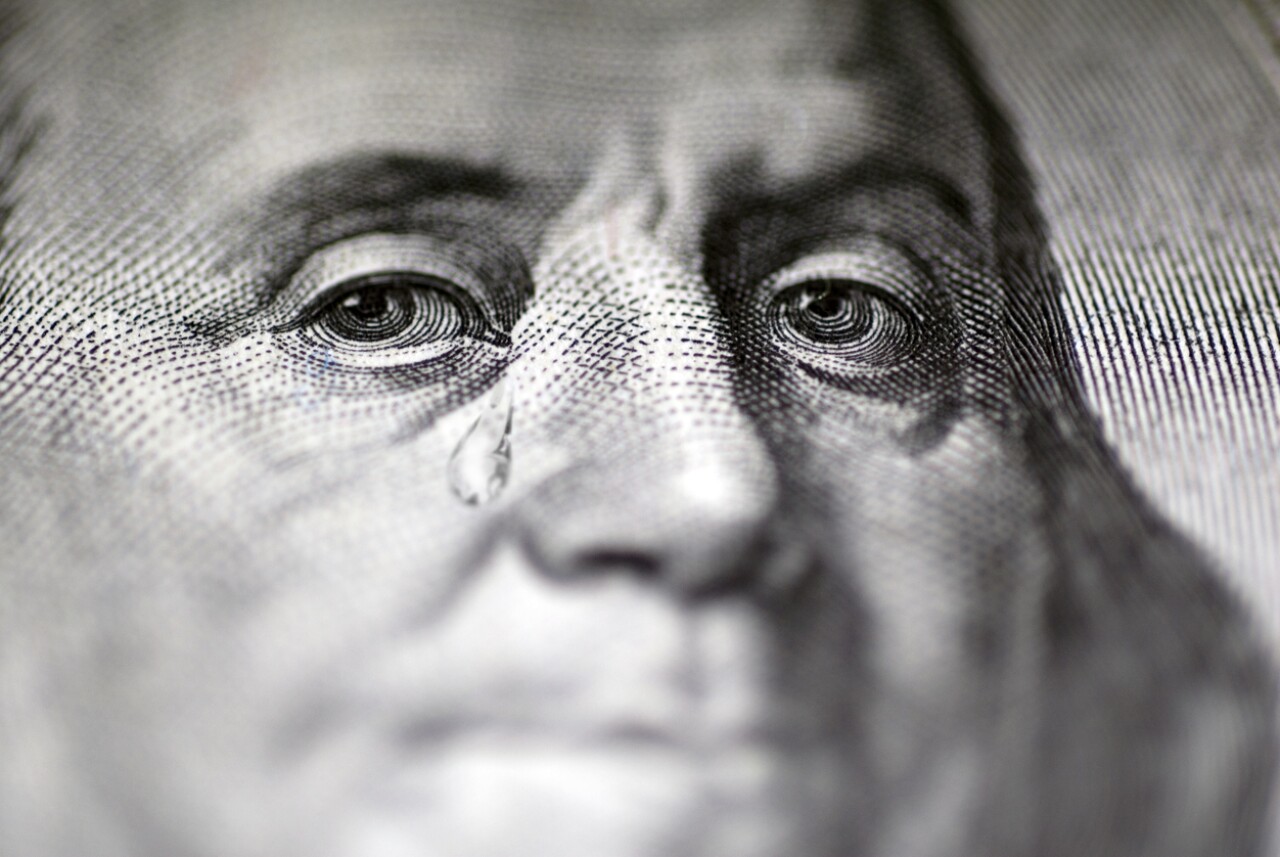Estimates ranged from a 2.1% contraction rate to 2% growth. The economy contracted at a 1.6% pace in the first quarter.
The second consecutive quarterly drop in GDP meets the standard definition of a recession.
However, the National Bureau of Economic Research, the official arbiter of recessions in the United States, defines a recession as “a significant decline in economic activity that spreads throughout the economy, that lasts more than a few months, is usually visible in production, employment, real income, and other indicators”.
Job growth averaged 456,700 per month in the first half of the year, which is leading to strong wage increases. Still, the risks of a recession have increased. Construction and home sales have weakened, while business and consumer confidence have fallen in recent months.
The White House is strongly refusing to talk about recession as it seeks to calm voters ahead of the Nov. 8 midterm elections that will decide whether President Joe Biden’s Democratic Party retains control of Congress.
Treasury Secretary Janet Yellen is scheduled to hold a news conference on Thursday to “discuss the state of the US economy.” Although the labor market remains tight, there are signs that it is running out of steam.
A separate Labor Department report on Thursday showed initial claims for state jobless benefits decreased by a seasonally adjusted 5,000 to a seasonally adjusted 256,000 for the week ending July 23. Economists polled by Reuters estimated 253,000 claims for the latest week.
Jobless claims remain below the 270,000-350,000 range that economists say would indicate an increase in the jobless rate. However, slower growth could encourage the Fed to step back from sharp interest rate hikes, although much will depend on the path of inflation, which is far from the central bank’s 2% target.
The Fed raised its monetary policy rate by another three-quarters of a percentage point, bringing the total interest rate hikes since March to 225 basis points. The president of the central bank, Jerome Powell, acknowledged the weakening of economic activity due to the increase in credit costs.














Add Comment